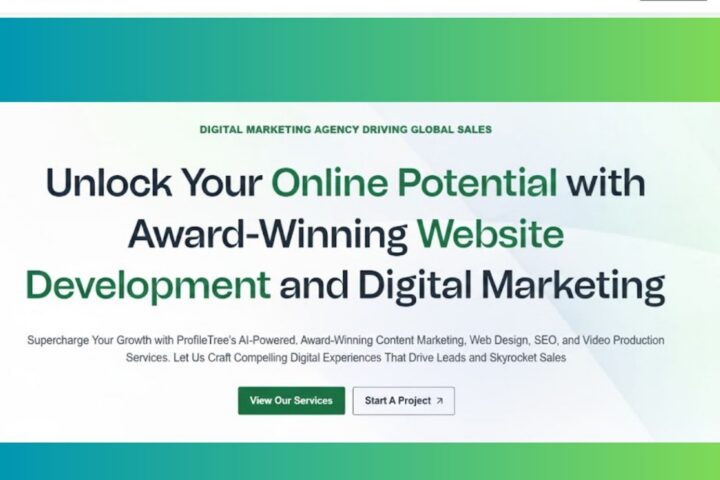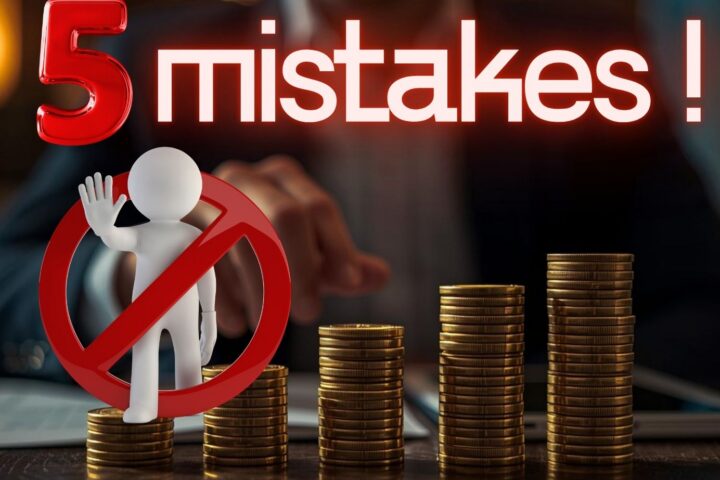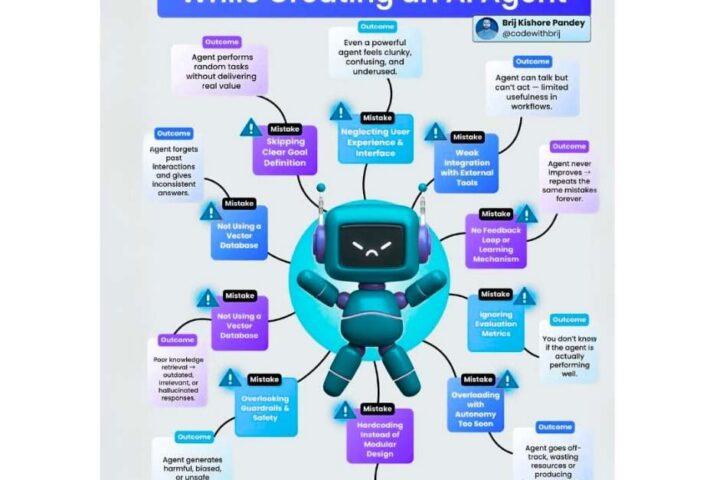Typically, digital marketing strategies consist of delivering high-value content and advertising to new leads to entice them to buy your product or service. If you’re in the software space, though, you have a unique option to build a stronger and more reliable user base: the freemium model.
You may be familiar with freemium software already, but we’re going to take a deep dive into how it works, the various types available, and whether it’s right for your business. Here’s what you need to know.
What is the Freemium Marketing Model?
Freemium is a combination of the words free and premium. The concept is that you offer a free version of your software to new customers. This version has limited features, but it’s valuable enough that someone can get value from it. If a user wants access to the full program, they have to pay the premium price.
This model only works for digital products, such as software and mobile apps. We’ll get into specific examples later on.
Different Types of Freemium
Although the concept is pretty straightforward, there are seven ways to implement it. Here’s a quick overview of each option:
- Traditional Freemium – In this case, the free software version is available indefinitely, so users can take advantage for as long as they want. Typically, both vendors and users know that most customers won’t upgrade to a paid version as long as they get some value from the freemium model.
- Unlimited Free Trial – Free trials are another marketing tactic, but usually, the user can access the full version of the program for a limited time. In this case, the free trial just never ends, and the vendor assumes that customers will upgrade eventually.
- Freeware 2.0 – Freeware is a free, fully functional product that doesn’t require a paid membership or plan. Instead, the company makes money by charging for add-ons or special features. So, customers can simply pay as they go depending on their needs.
- Land and Expand – Most freemium products are based on individual transactions – one person downloads the software and then determines whether they want to upgrade. In the land and expand model, the vendor is trying to get a certain number of users at a company or organization. Once the threshold is reached, the vendor reaches out to the business to create an entity-level account. In this case, users don’t make the purchase decision – their employer does.
- Alternative Product Strategy – Sometimes, a free product is an excellent way to entice users to download something similar. With this tactic, vendors have no interest in getting customers to upgrade. Instead, the goal is to encourage cross-selling of other programs.
- Ecosystem – Rather than creating a standalone product, ecosystem vendors will develop a hub for third-party companies to sell their wares. Think of the Google Play store. Customers don’t have to pay to use the app, but vendors have to pay to sell, which is how Google makes money from the software.
- Network Effect – Like an ecosystem, the goal is to get as many free users as possible so that third-party vendors can advertise on the platform. Facebook or Google Search are perfect examples of a network freemium model. So many customers use these sites that other companies pay for the privilege to sell to them.
Examples of the Freemium Model
Knowing the various types of freemium marketing models is just the first step. Next, you have to understand how they work in real life. Fortunately, we’ve compiled a list of five companies that utilize freemium marketing to perfection.
Tailor Brands
Logos are essential for businesses, as they help define the company and its values. Instead of paying a graphic designer or firm to create a logo, Tailor Brands allows you to make one yourself. The catch, however, is that you have to pay for it if you want to keep it. You can pay a small fee for the graphic or pay extra for exclusive rights to the logo.
This approach works because companies don’t have to pay for the development process, just the finished design. So, smaller businesses and startups are more likely to take advantage then purchase once they have a final version.
Evernote
Evernote is both an example of freeware and a traditional freemium product. Most users don’t pay a fee to use the app, which won’t change anytime soon. Instead, the company offers extras and add-ons so that hardcore users can get more value from the product.
Zoom
2020 was a banner year for Zoom, as everyone and their mother had to become experts at the software. Zoom is a perfect example of a freemium product, as users can create free accounts and chat one-on-one with other people as much as they want. However, if a user needs to talk to more people (more for than 40 minutes), they have to pay to upgrade.
Dropbox
Here is another example of freeware 2.0, which has tons of free users who have no intention of upgrading. Since Dropbox offers two gigabytes of free storage, many people take advantage as much as they can. Most customers choose to delete files before upgrading, but as they discover, two gigs is not a lot of space. So, anyone who needs extra storage has to pay for a premium version.
Zapier
One issue with modern business productivity is that companies will often use a wide array of programs. Since these products don’t sync, users have to switch back and forth manually, sometimes multiple times within a single process.
Zapier connects these disparate programs so that they can work in tandem. The company offers five free zaps per month, with a maximum of 100 tasks. Once companies see how useful the product is, they’re much more likely to upgrade. Zapier can be both an example of traditional freemium and the “land and expand” model.
Should Your Business Use Freemium?
While freemium marketing has worked well for many unique businesses, that doesn’t mean it’s the right move for your brand. Let’s dive into the various pros and cons of the freemium model so that you can make an informed decision.
Pros
- Faster Expansion and Growth – When a product is free, more people are likely to use it. So, offering a free version of your software is much more enticing, particularly when it’s not constrained by a set trial period. Overall, companies that use freemium see rapid growth, leading to a more robust bottom line.
- Loyal User Base – As customers use your freemium software, they’ll likely develop an affinity for it, meaning that they’ll become brand ambassadors. If your product solves a particular problem (i.e., Zapier), you can hook and retain new users much more reliably.
- Tiered Pricing – Depending on the type of product you’re selling, the freemium model allows you to create multiple price points, meaning that you can increase your profit margin accordingly. In many cases, users are more willing to start paying for software if they can do so incrementally.
- Built-In Product Refinement – All software is buggy at first, which can cause high churn rates. If your product is free, users are more willing to accept glitches and provide feedback. Over time, you can refine the program until it’s bug-free, all without losing paying customers.
Cons
There is really only one downside to the freemium model, but it’s kind of a big one. Since software requires technicians and support staff to work correctly, you could wind up investing a lot of time and resources in assisting free users. That said, you can limit customer support options to paid versions, which can alleviate this problem.
Bottom Line: Freemium Marketing Works
If you want to build a better bottom line, the freemium model may be a viable solution. Although it can be risky, the benefits often outweigh the downsides. As long as you have a clear mission statement and goal for your freemium marketing, you can likely achieve success.









